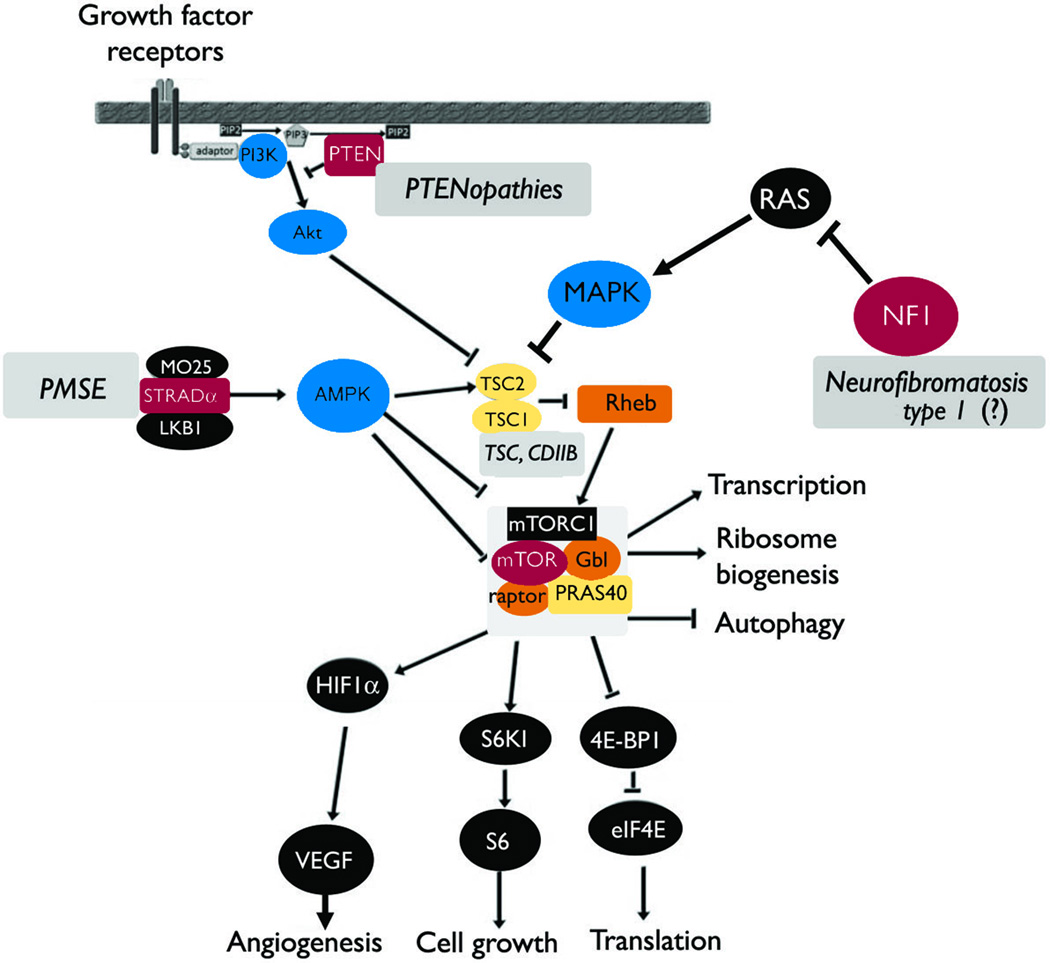Figure 1. Simplified diagram of the mTORC1 pathway and the main regulators implicated in human epilepsies.
The mTORC1 complex regulates the activity of downstream targets that eventually lead to enhanced translation. Cell growth, angiogenesis, transcription, ribosome biogenesis and inhibit autophagy. Its regulation is complex and only selected pathways known to be implicated in human epilepsies are seen here. TSC1 and TSC2 dimers inhibit mTORC1 activity but when mutations impair their function, diseases such as TSC or CDIIB ensue (Curatolo et al. 2001; Becker et al. 2002; Schonberger et al. 2009; Crino 2011). Other disorders with overactivated mTORC1 include PMSE (mutations of STRADalpha) (Puffenberger et al. 2007; Orlova et al. 2010b), PTENopathies (Cowden syndrome, Bannayan-Riley-Ruvalcaba syndrome and Proteus syndrome) where loss of function mutation of PTEN are seen (Cross 2005; Bastos et al. 2008; Pilarski et al. 2011). Neurofibromatosis type 1, which is due to neurofibromin 1 (NF1) mutations, may also lead to overactivation of the mTOR pathway (Motte et al. 1993; Ruggieri et al. 2009). The incidence of epilepsy, including IS, in neurofibromatosis type 1 is lower than in other neurocutaneous disorders. Although it has been speculated that the association of epilepsy and neurofibromatosis 1 may be more than coincidental, there is no definite proof of a causative role of NF1 in human epilepsies [hence the (?) in the figure] (Motte et al. 1993; Ruggieri et al. 2009).

